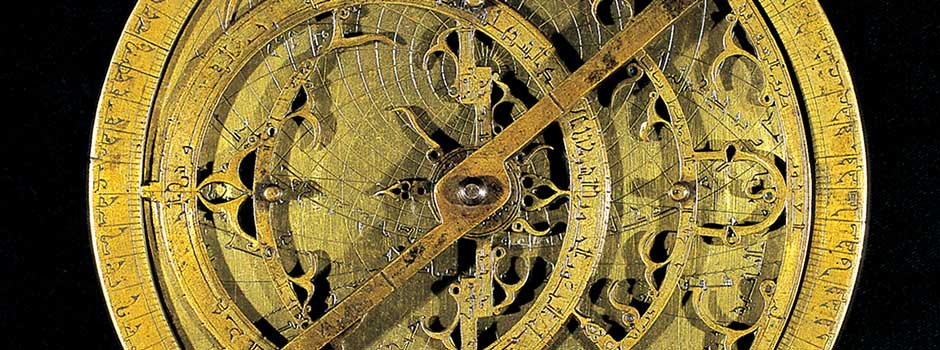
A major traveling exhibition of Islamic art and culture Nur: Light in Art and Science from the Islamic World
Oct 26, 2013 FEATURE, Art Collection

Featuring 150 objects from public and private collections in Europe, North Africa, the Middle East, and the United States, Nur: Light in Art and Science from the Islamic World will explore the use and meaning of light in Islamic art and science, and demonstrate how light is a unifying motif in Islamic civilizations worldwide. The exhibition, organized and developed by Islamic art and culture expert Dr Sabiha Al Khemir will include a significant number of objects that have never before been presented to the public, from artworks to rare manuscripts and scientific objects.
Deriving its title from the Arabic word for light in both the physical and metaphysical sense, Nur will be organized thematically into two major sections: an art section showcasing innovations in an artistic technique that enhances the effect of light, and a section focusing on scientific fields which are related to light or contributed to enlightenment. Encompassing works dating from the 9th through early 20th centuries and originating from a wide geographical area, from Spain to Central Asia, the exhibition will include manuscripts illuminated with gold and colour pigments, ceramics painted with lustre, inlay metalwork decorated in silver and gold, and objects made from precious and semi-precious stones.
Scientific objects featured in the exhibition include equatorial sundials, astrolabes, and anatomical instruments, all of which are examples of the Islamic world's influence on the Renaissance and scientific thought. In addition to showcasing the use of light in Islamic art and science, Nur will demonstrate how Spain has bridged the Islamic world and Europe, serving as an entry point for Islamic discoveries in fields such as medicine, geometry, and astronomy, as well as specific inventions such as the lustre technique.
"For centuries, Spain has served as a bridge between Islamic and Western civilizations. The Focus-Abengoa Foundation's organization of this traveling exhibition continues this tradition by allowing visitors to Seville and Dallas to discover themes and see works from the Islamic world, some of which have never been exhibited before," said Dr Sabiha Al Khemir, the exhibition's project director and Senior Advisor of Islamic Art at the Dallas Museum of Art. "The eleven centuries and seventeen countries represented in Nur demonstrate not only the tradition of skill and craftsmanship across the Islamic world, but also the sheer beauty that Islamic culture has produced and Islamic civilization's contribution to humanity's pool of knowledge."
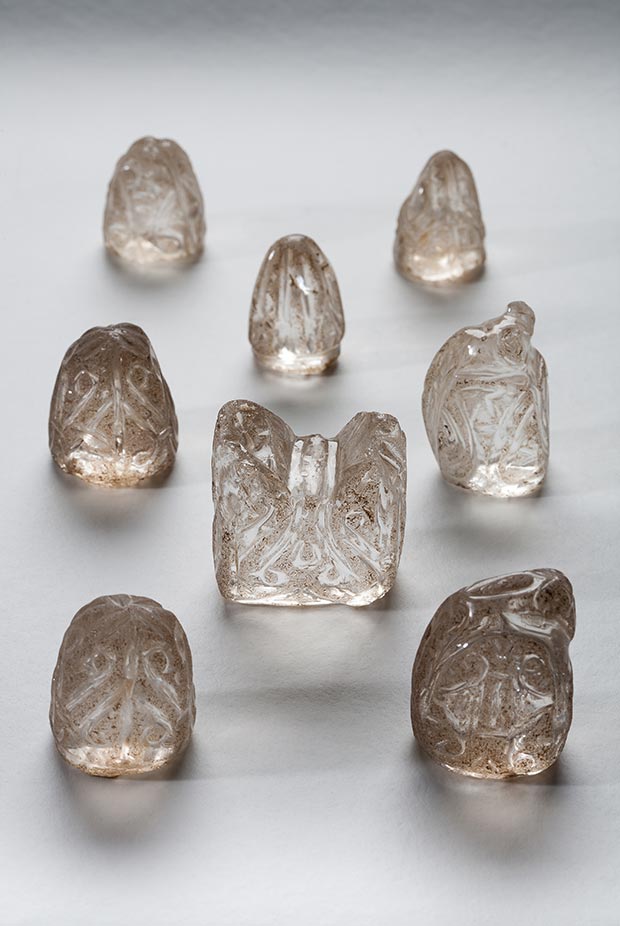 A series of 11th-century crystal chess pieces from the Museo da Catedral in Ourense, Spain / Courtesy of The Focus-Abengoa Foundation
A series of 11th-century crystal chess pieces from the Museo da Catedral in Ourense, Spain / Courtesy of The Focus-Abengoa Foundation
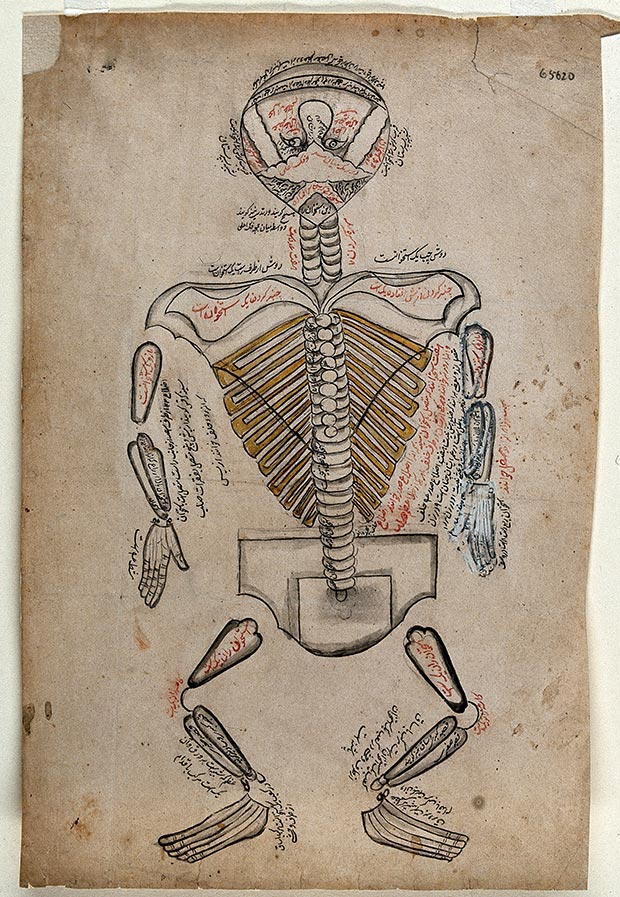 Anatomical illustration showing nerves of the human body, Iran, 19th century, 2.6x16.9 cm. Wellcome Library, London / Courtesy of The Focus-Abengoa Foundation
Anatomical illustration showing nerves of the human body, Iran, 19th century, 2.6x16.9 cm. Wellcome Library, London / Courtesy of The Focus-Abengoa Foundation
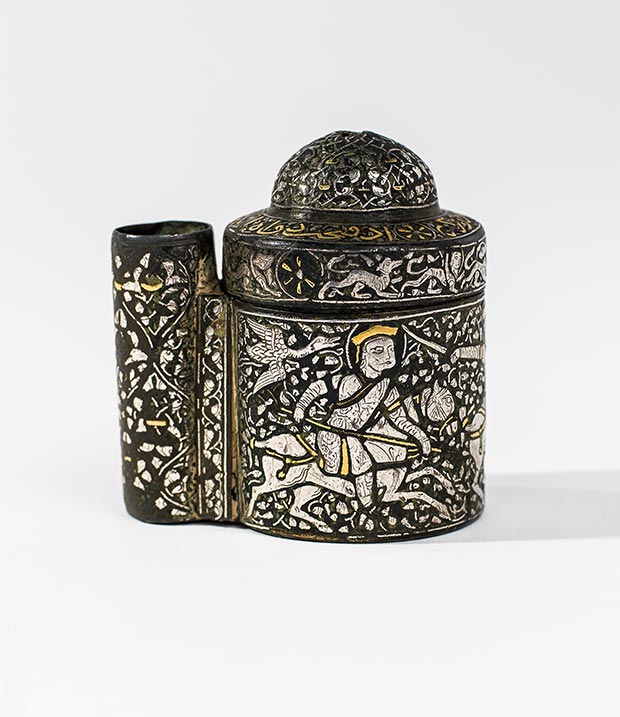 Inkwell, Al Jazira or West Persia, ca. 1275 AD. Copper alloy, gold silver, lead. Furusiyya Art Foundation, Lichtenstein / Courtesy of The Focus-Abengoa Foundation / Photo © Noel Adams
Inkwell, Al Jazira or West Persia, ca. 1275 AD. Copper alloy, gold silver, lead. Furusiyya Art Foundation, Lichtenstein / Courtesy of The Focus-Abengoa Foundation / Photo © Noel Adams
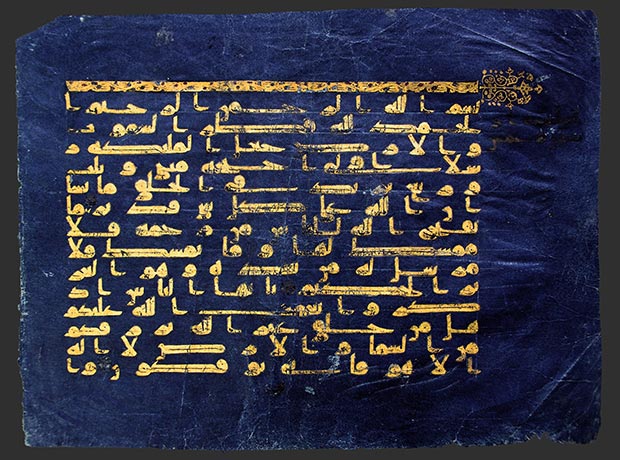 Two pages from a Qur'an manuscript, gold in Kufi script on blue parchment, Raqqada Museum of Islamic Arts, Tunisia / Courtesy of The Focus-Abengoa Foundation
Two pages from a Qur'an manuscript, gold in Kufi script on blue parchment, Raqqada Museum of Islamic Arts, Tunisia / Courtesy of The Focus-Abengoa Foundation
 13th century Blue and White Bowl painted in cobalt blue, under a transparent glaze from Iran, Kashan, Brooklyn Museum / Courtesy of The Focus-Abengoa Foundation
13th century Blue and White Bowl painted in cobalt blue, under a transparent glaze from Iran, Kashan, Brooklyn Museum / Courtesy of The Focus-Abengoa Foundation
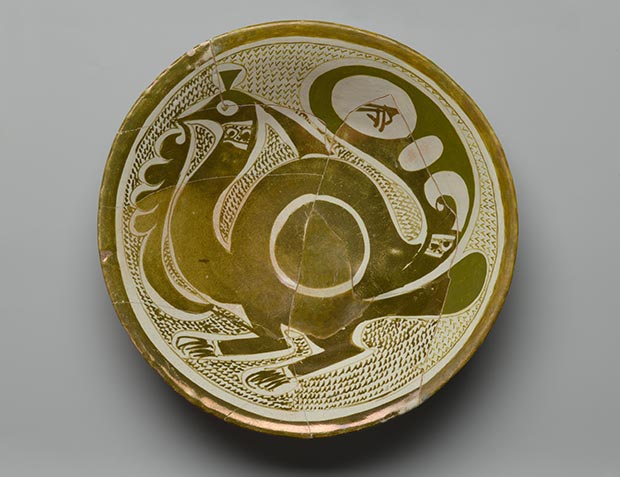 9th - 10th century Bowl with Bird, lustre painted, Brooklyn Museum / Courtesy of The Focus-Abengoa Foundation
9th - 10th century Bowl with Bird, lustre painted, Brooklyn Museum / Courtesy of The Focus-Abengoa Foundation
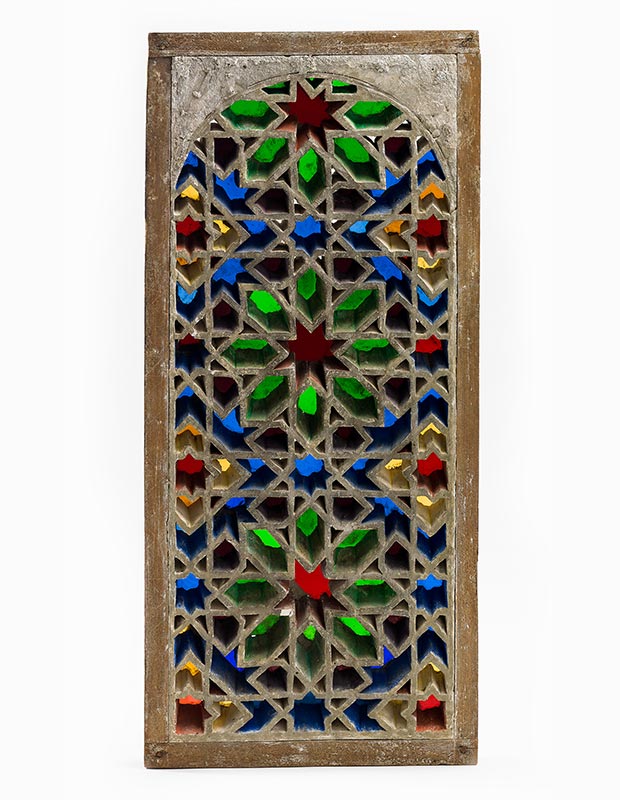 Pair of Window Panels from Egypt, 15th century, Plaster glass wood. Private Collection, London / Courtesy of The Focus-Abengoa Foundation / Photo © Noel Adams
Pair of Window Panels from Egypt, 15th century, Plaster glass wood. Private Collection, London / Courtesy of The Focus-Abengoa Foundation / Photo © Noel Adams
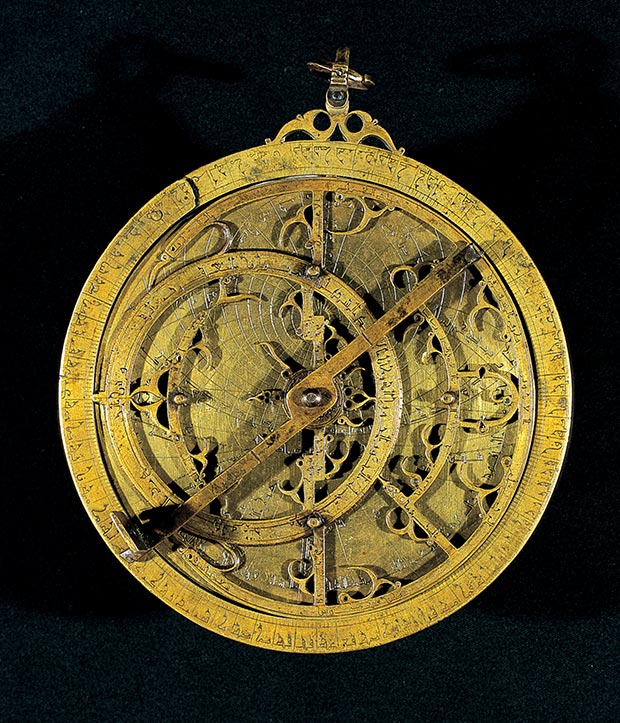 Planispheric Astrolabe, Cast, engraved brass, by Ahmad ibn Husayn ibn Baso, Spain, Real Academia de la Historia, Madrid / Courtesy of The Focus-Abengoa Foundation
Planispheric Astrolabe, Cast, engraved brass, by Ahmad ibn Husayn ibn Baso, Spain, Real Academia de la Historia, Madrid / Courtesy of The Focus-Abengoa Foundation
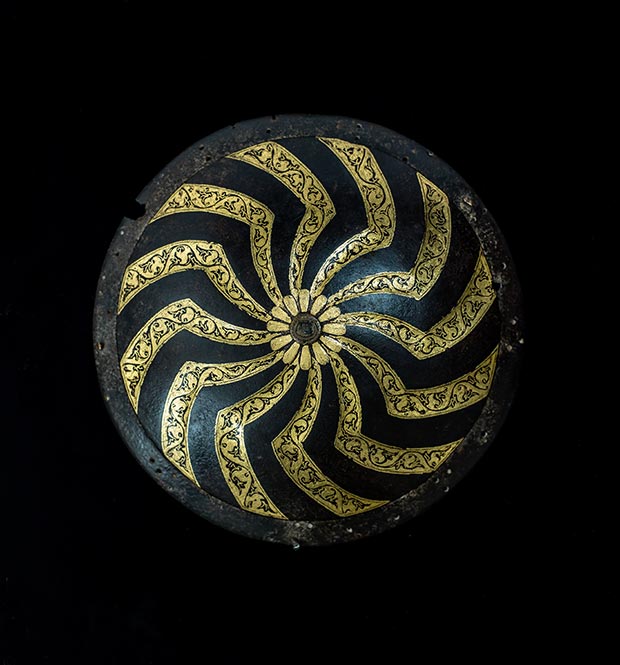 17th century Shield Boss from India or Persia. Steel and gold. Furusiyya Art Foundation, Lichtenstein / Courtesy of The Focus-Abengoa Foundation / Photo © Noel Adams
17th century Shield Boss from India or Persia. Steel and gold. Furusiyya Art Foundation, Lichtenstein / Courtesy of The Focus-Abengoa Foundation / Photo © Noel Adams
Comments
Add a comment